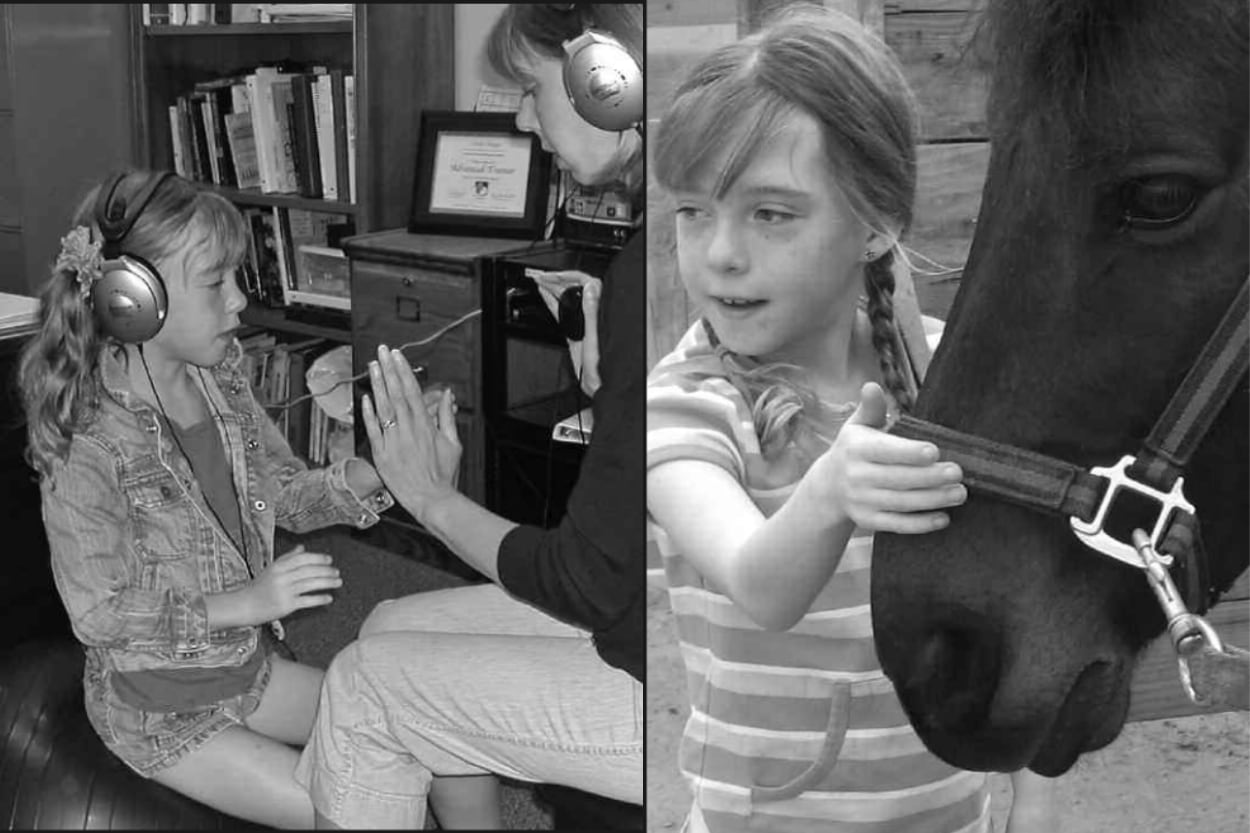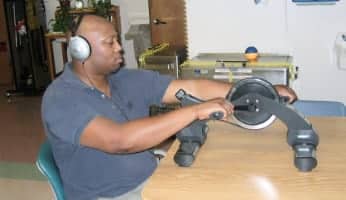Emily’s Empowering Transformation: How IM and Best Practices Made a Difference

Home - Testimonials - Pediatric Testimonials - Emily’s Empowering Transformation: How IM and Best Practices Made a Difference

Emily’s Empowering Transformation: How IM and Best Practices Made a Difference
Emily is a bright and creative 8-year-old girl with mild attention and motor impairments.
Emily has been under the care of a developmental pediatrician since infancy. She is a twin, born at 32 weeks at 3 lbs. She contracted a respiratory virus in the NICU…and was on a ventilator for 2-3 days.
During this time she was given IV antibiotics and blood transfusions. Emily was born with an atrial septal defect which was repaired at the age of 5.
The only diagnosis to date is of low muscle tone.
Initial Concerns: Focus, Motor Skills, and Comprehension
Emily’s parents initially brought her to our clinic with concerns of deficits in focus and attention, fine motor skills, and comprehension.
She loved the social aspects of school, but struggled with nearly all academic tasks.
Analysis of our initial intake showed patterns of behaviors suggesting difficulties with alertness control, mental effort control, processing depth, cognitive activation, focal maintenance, and preview control.
School Struggles: Attention and Processing Challenges
It was noted by her mother that she frequently tuned out and needed repeated verbal instructions. She had a difficult time with any writing task, arithmetic facts, breaking down problems into steps, and freezing when she was called on in class.
She also had difficulty with visual and auditory processing.
She was found to be highly creative, social, and expressive. Being that Emily thrived on social interaction, it was decided that she would receive training in a small group setting during the school year.
Incorporating Interactive Metronome: Addressing Motor Planning and Attention
Emily is involved in horse-back riding lessons and experienced extreme difficulty with anticipating the rhythm of the horse. She began working with me using Interactive Metronome.
I knew the biggest challenge in working with Emily on IM would be maintaining her focus and not allowing her to use conversation as a way to avoid challenging tasks.
The initial IM assessment verified that Emily was in the “severe deficiency” range for motor planning and sequencing.
She demonstrated that she was dissociative with regard the reference tone and was clearly frustrated by her inability to coordinate her body movements.
Setting Functional Goals: Improving Focus, Planning, and Organization
Functional goals were determined to be increased attention, the ability to filter distractions, and improved planning and organization.
Emily’s IM exercises would begin with hands-on cues, verbal cues, warm-ups involving integration activities, and an increased tempo.
Tailoring the IM Program: Hands-On Modifications and Creative Engagement
We focused on upper extremity tasks and required hands-on assistance in a variety of ways; including, holding her hands and clapping with her in a circular motion so that she could experience the rhythm and timing.
We did a cross-crawl using two hand triggers in the form of patty-cake where I met her in the middle and eventually expected her to meet my hands on the reference tone.
We utilized instruments in the movement room and marched to the beat, played sequences with rhythm sticks to the metronome, and worked on making circles in the air to music with scarves.
As a break from the computer, I integrated ball-bouncing activities designed to engage her visual system that involved matching my rhythm and maintaining a sequence.
Emily was motivated to earn 5 minutes at the end of the hour in the sensory table.
Creative Motivation
Utilizing her strength in language, I created a story theme to encourage Emily to gain more of the reward tones.
There was a princess in the dungeon and the only way that the prince could unlock the door and rescue her was to receive a predetermined amount of reward tones.
This motivated her to concentrate for longer periods of time for several sessions. Emily tired easily so many of the hand activities were completed sitting on a physio ball.
Functional Gains: Significant Progress in Motor Skills and Attention
After 15 sessions, Emily made significant gains in motor planning and sequencing. Her movements were fairly smooth and circular, she could maintain the sequence of the foot and bilateral movements, and her scores were significantly lower.
We were unable to observe the direct effects of IM training on school work and distractibility in the classroom due to summer vacation, but mom has reported several differences in Emily since she began IM.
Improvements Outside IM Training
Emily is now able to maintain and match the rhythm of the horse during her riding lessons.
She can solve mental math calculations that she was not able to do before.
Emily is spending more time thinking and working through things mentally.
She is choosing to write during play and is making her bed and wanting to plan her day in the morning.
Continuing Progress
Due to the dramatic increase in visible functional gains related to attention, motor planning, and executive function skills since IM began, Emily will continue for at least 5 more sessions in order to bring her within the “average” range.
Emily’s post therapy assessment shows a dramatic increase in visual processing, attention, and planning and organization abilities.
Her comprehension scores significantly increased, as she was able to retell two complicated paragraphs almost word for word and successfully answer questions about them.
These improvements over the course of the year can be attributed to the integration of IM with best practices.
Kandy Dicken, MAT Early Learning Matters Hillsboro, Oregon kandy@strongthinkers.com




